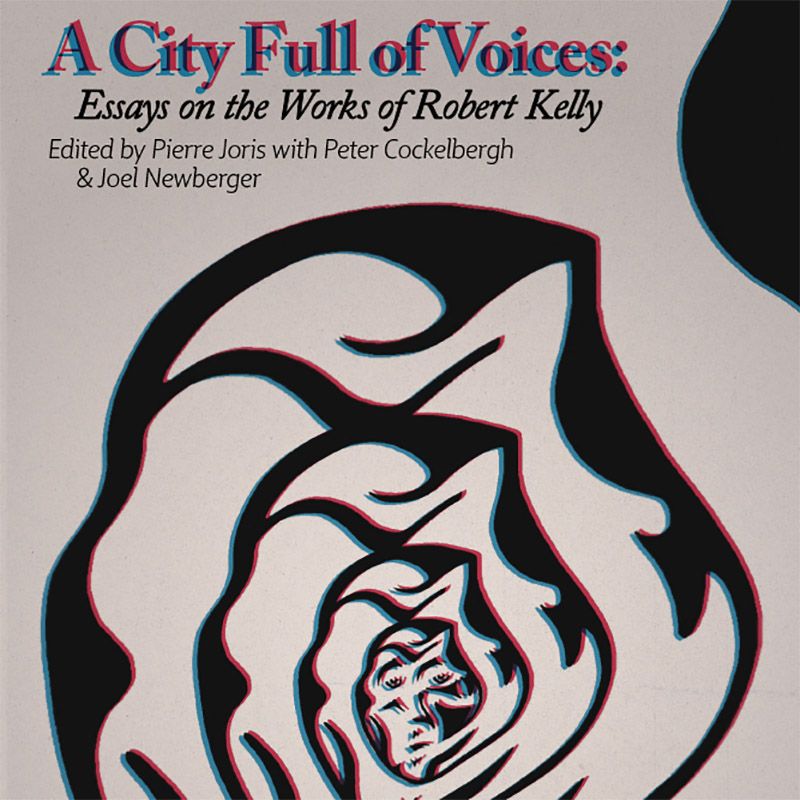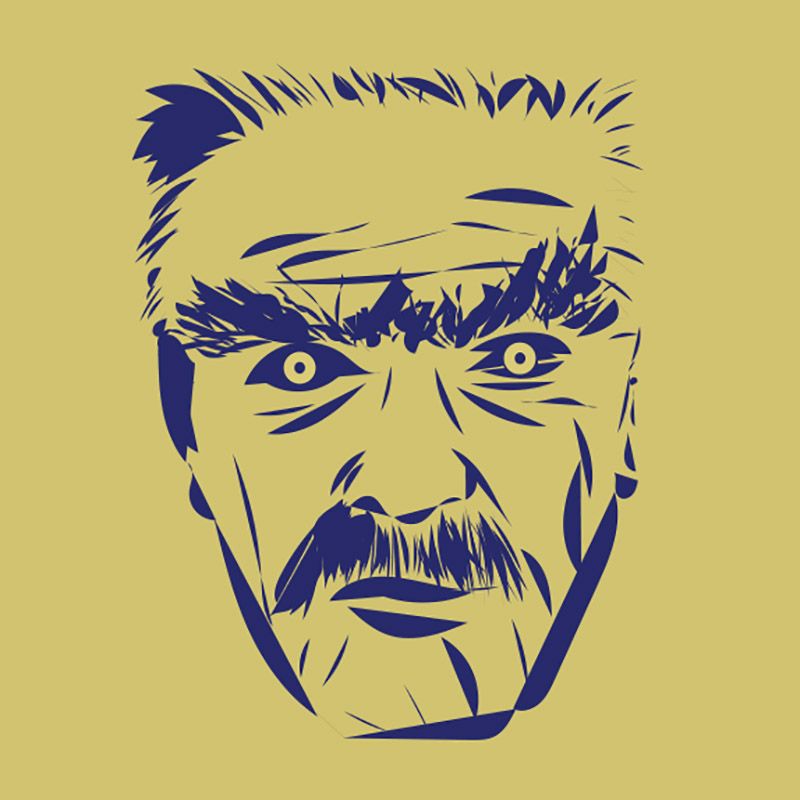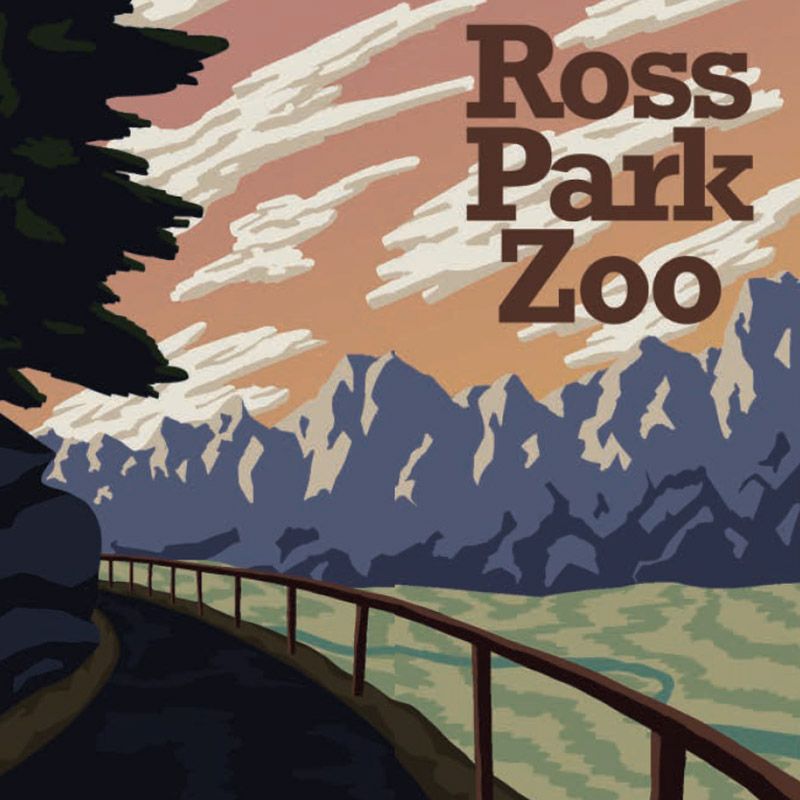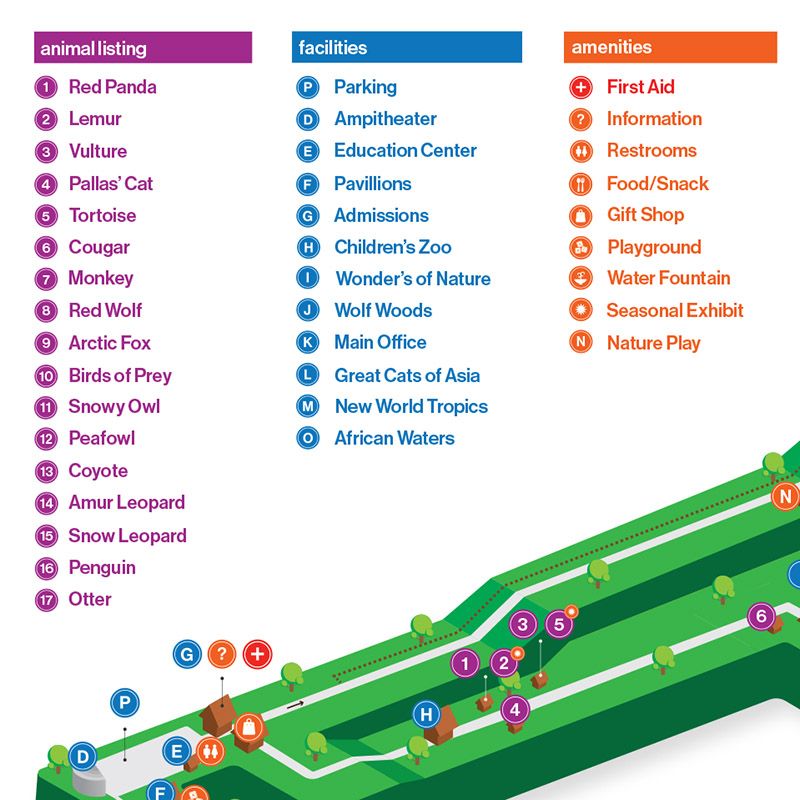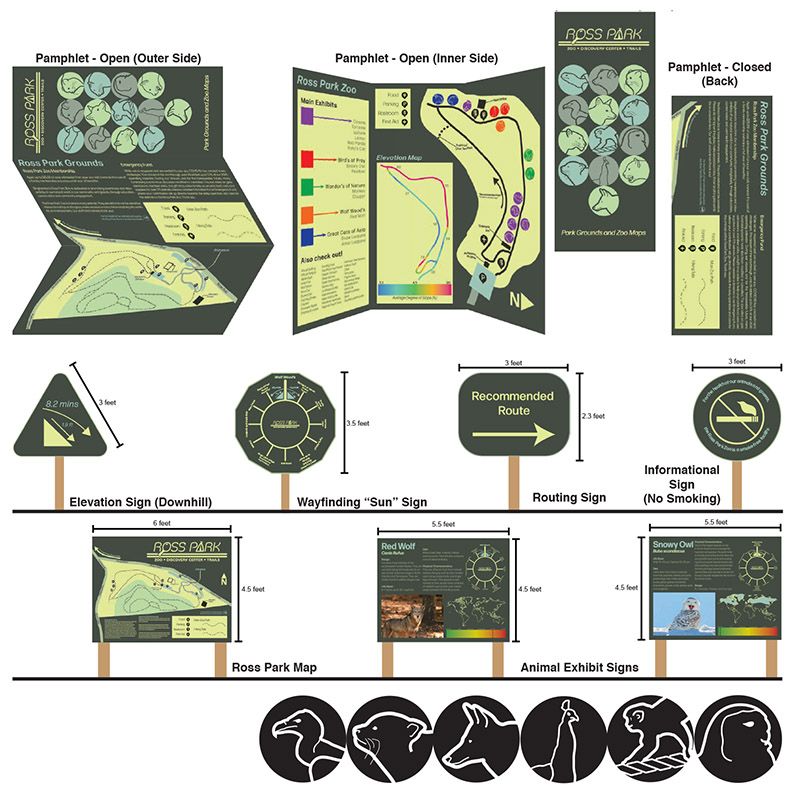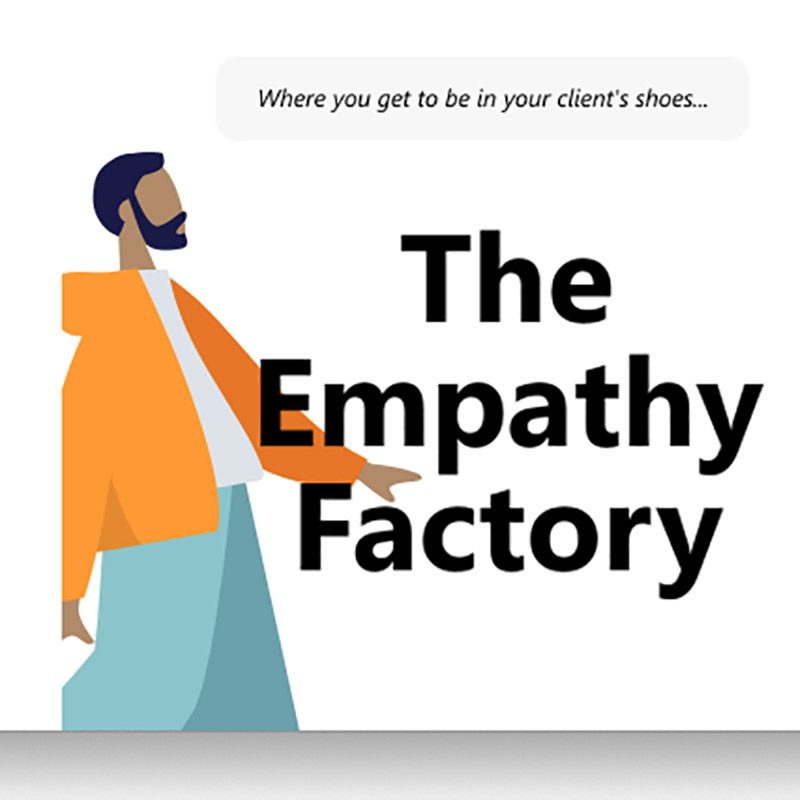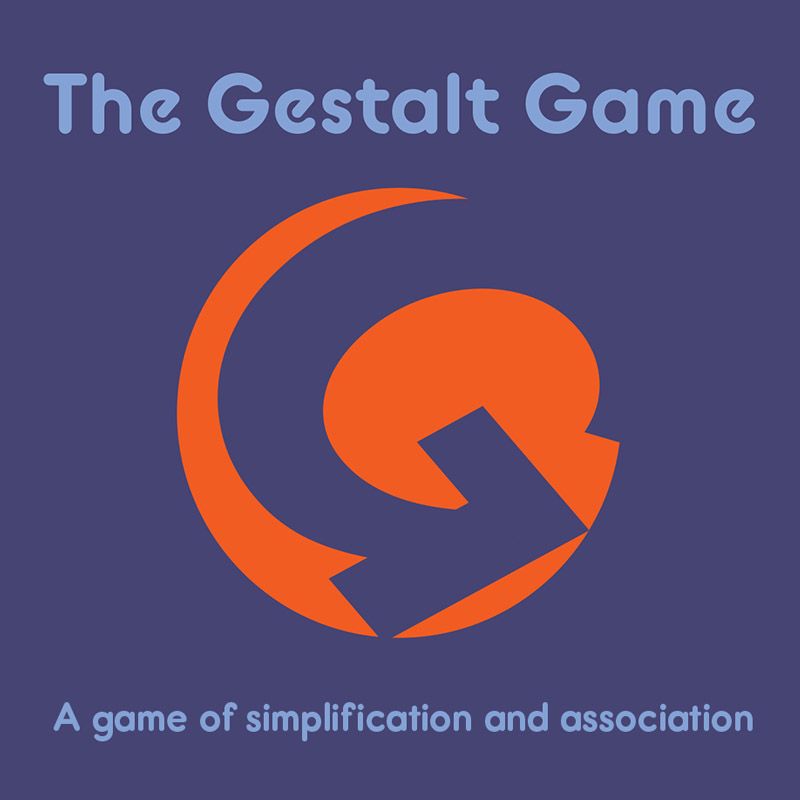Graphic Design II
Projects
P1 Book Cover
We shall design a conceptual cover for Robert Kelly’s A City Full of Voices, published by CMP in 2020. Your solutions should provide an interpretation of both the content of the book, and its personal & meditative style. The synopsis of the book will be used (edited) to typeset the back cover text. Be bold, daring, and unorthodox. (The project includes a conversation with the editor of the book, Pierre Joris, winner of the 2021 PEN America Manheim Translation Award.)
P2 Wayfinding
We shall create a new wayfinding system for the use and accessibility of Ross Park Zoo. You will need to survey, review and study how the chosen space is used, and design a coherent, consistent and systematic typographic identity to support the navigation of the physical space. The starting point for our work will be writing a taxonomy of the activities that happen in the zoo: a list of all relevant actions, circulation paths, decision points, areas, etc. Such plan will feed the design of a functional map for the zoo, and a flexible visual signage system that will include custom icons, custom arrows and symbols, and a possible adaptation of the existing logo. (This project is CEL designated, and will be done in partnership with Mr. Phillip Ginter, the Ross Park Zoo Executive Director.)
P3 Game Design
Make a conceptual, informative and educational game of the design process, a game that challenges the player(s) to think and act like a designer. The relation with the client must be included to the best of your knowledge to day, and as a result of your research (e.g. a “tribute game”).
What designers offer to clients is [a way of] thinking. Our processes determine the quality of our products, and so if we wish to improve our products, we must improve our processes; we must continually rethink not just our products but also the way we design. That’s why we play with the design process — to know what we do and how we do it, to understand it and improve it, and to become better designers. The creative process plays an important role in design as well as in business strategy.
Your game will seek a common framework for why design adds value to clients’ interests. It will be a game on the power of designing (with people and for the people) and on the importance of iteration and behavior. In order to recognize all culturally important forms of making, the game should function to absorb the messages of inclusion and diversity in the field of “design thinking” and in society at large; your story will allow others to relate to facts, contexts and emotions, about the problem-solving activity.
Find an original name for the game (logo). The final outcome will be a freely conceived prototype of the game: a set of objects, a set of dice, a deck of cards, a board game, etc. — anything that makes you play the design process game.

